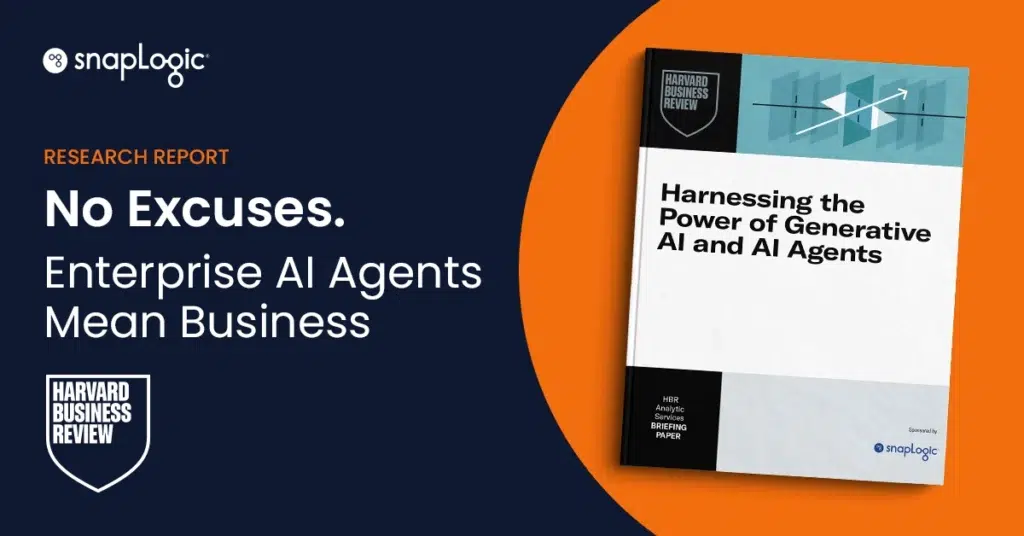What is an API ecosystem?
An API ecosystem is a network of interconnected application programming interfaces (APIs) that enable different software applications, services, and platforms to communicate and interact with each other. This ecosystem typically includes a combination of public and private APIs, developer tools, documentation, and API governance frameworks that facilitate the creation, management, and consumption of APIs.
What’s the purpose of an API ecosystem?
The goal of an API ecosystem is to streamline integrations and enhance the functionality and interoperability of applications by allowing developers to build on each other’s work and leverage external data and services.
How do you manage an API ecosystem?
An API management platform provides a range of API-based functions to its users. For example, APIs form the cornerstone of a company’s online interaction with their customers, through system processes like web portals and apps. API management seeks to create a set of tools and feedback functions that test and report on the functioning of these various APIs.
API management allows for API design, storage, security, and analytics, and can be provided as a SaaS (Software as a Service) or locally from the cloud, or a mixture of both. Features typically include:
- API Development: Providing tools, advice, and storage for designing APIs
- API Publishing: A collection of tools for testing, debugging, optimizing, and publishing APIs
- API Gateway: A service that enforces security policy through monitoring requests and controlling authorization
- API Analytics: Allows users to understand their API usage better through a variety of metrics
- API Monetization: Providing a system which allows a company to charge for the use of its API









